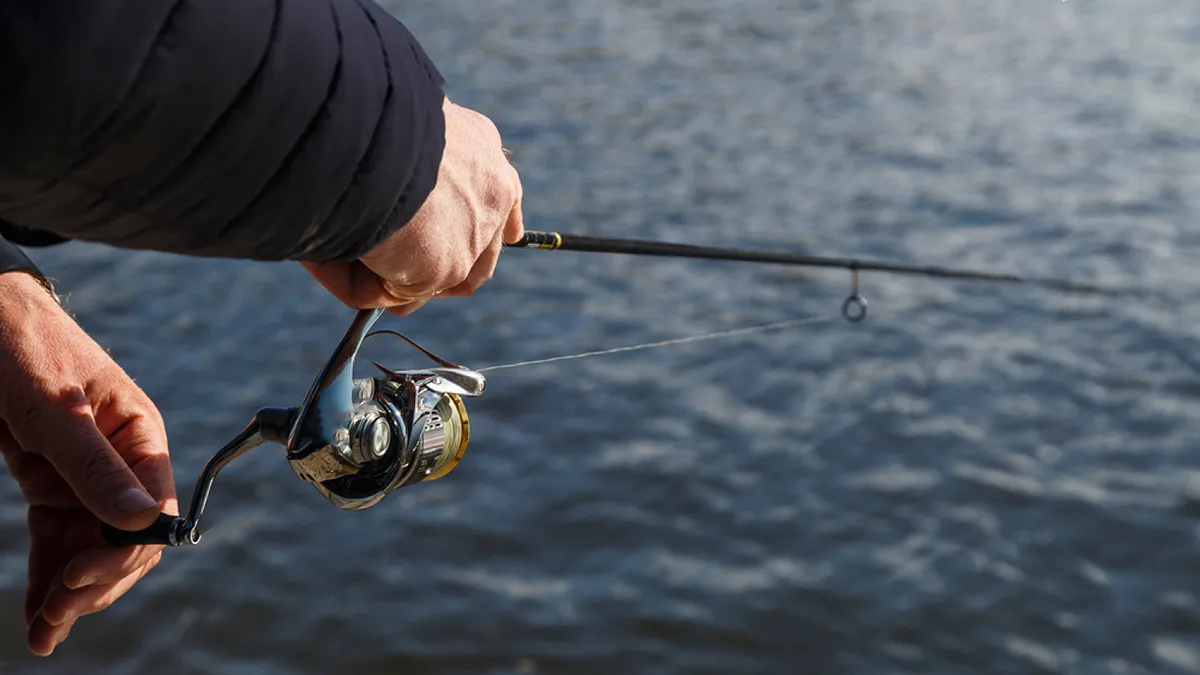G’day, fellow anglers! When it comes to fishing, having the right gear is as important as picking the perfect spot. Your fishing reel and line combo can make or break your day on the water. We all know the frustration of losing a good catch because our setup wasn’t quite right.
That’s where braided fishing line comes in. Known for its strength and sensitivity, it’s a top choice for many of us. But can you use a braided fishing line on a spinning reel? Absolutely! It’s a match made in fishing heaven, giving you better casting distance and hook-setting power.
At ReelBoss, we understand the importance of quality gear. Our fishing lines are designed to give you the best performance, whether you’re a weekend warrior or a seasoned pro.
In this blog, we’ll dive into why a braided fishing line works so well with a spinning reel and how you can set up your gear for maximum success. Let’s get into it and make your next fishing trip the best one yet!
Understanding Braided Fishing Line
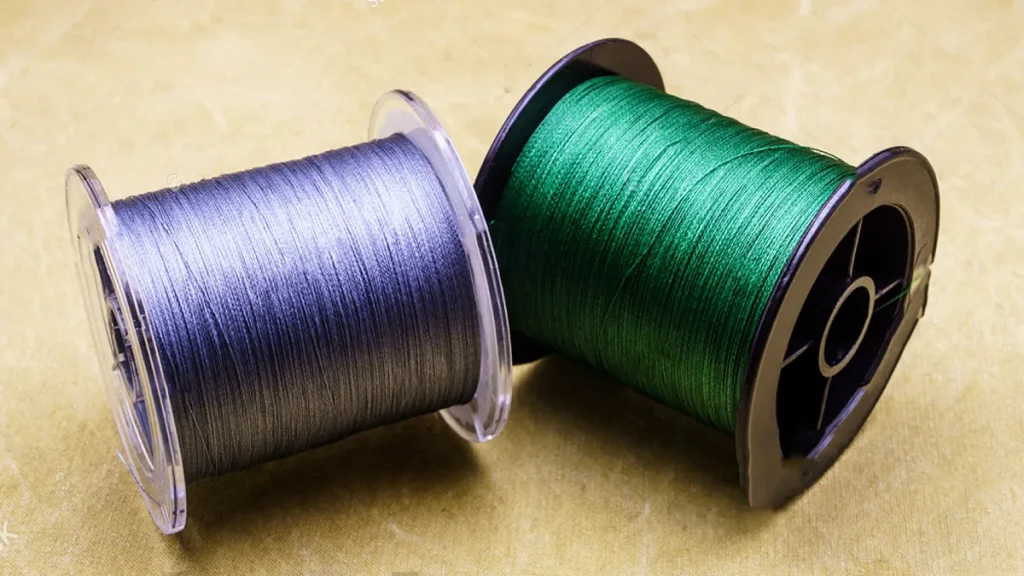
Now that we’ve covered the basics, let’s dive into the world of braided fishing lines. What exactly is a braid fishing line? Simply put, it’s a type of fishing line made by weaving together multiple strands of synthetic material. This gives it incredible strength and durability, making it a favorite among anglers.
One of the biggest benefits of using braid line fishing line is its thin diameter compared to other lines with the same strength. This means you can spool more line onto your reel without sacrificing strength, which is perfect for those long casts. Plus, it has very little stretch, so you can feel even the slightest nibble, giving you better control and hook-setting power.
Braid fishing is particularly popular in situations where you need to cast long distances or fish in heavy cover. Whether you’re targeting big fish in open water or navigating through dense vegetation, a braid fishing line gives you the edge you need.
So, if you’re looking to upgrade your gear, consider adding some braided lines to your setup. It’s a game-changer that can enhance your fishing experience and help you land those trophy catches.
Spinning Reels: An Overview
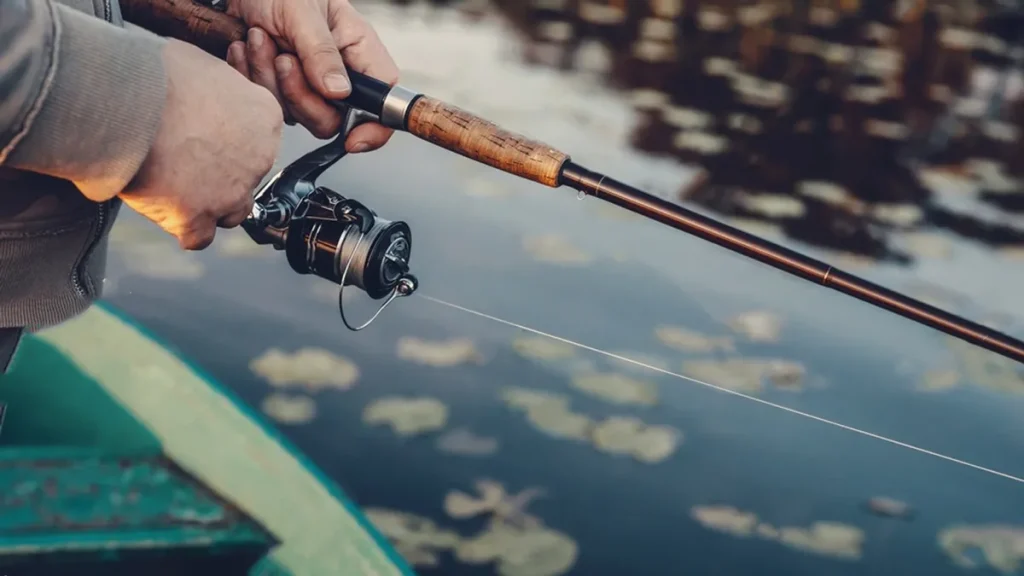
Next, let’s talk about spinning reels. These are a staple in many anglers’ tackle boxes due to their versatility and ease of use. A spinning reel features an open-faced design with a fixed spool, making it straightforward to cast and retrieve.
One of the key advantages of using a spinning reel is its user-friendly nature. Whether you’re a beginner or a seasoned pro, a spinning reel offers smooth casting and minimal line tangling. This makes it perfect for a variety of fishing styles, from freshwater to light saltwater fishing.
When it comes to quality spinning setups, there are several common types to consider. For lightweight fishing, an ultralight spinning reel paired with a light spinning rod is ideal. This setup is perfect for targeting smaller species like bream or trout. For more robust fishing, a medium to heavy-duty spinning reel with a stronger rod can handle larger fish like snapper or barramundi.
Choosing the right quality spinning gear is crucial for a successful fishing trip. With the right spinning reels in your arsenal, you can tackle a wide range of fishing challenges with confidence and ease.
Compatibility of Braided Fishing Line with Spinning Reels
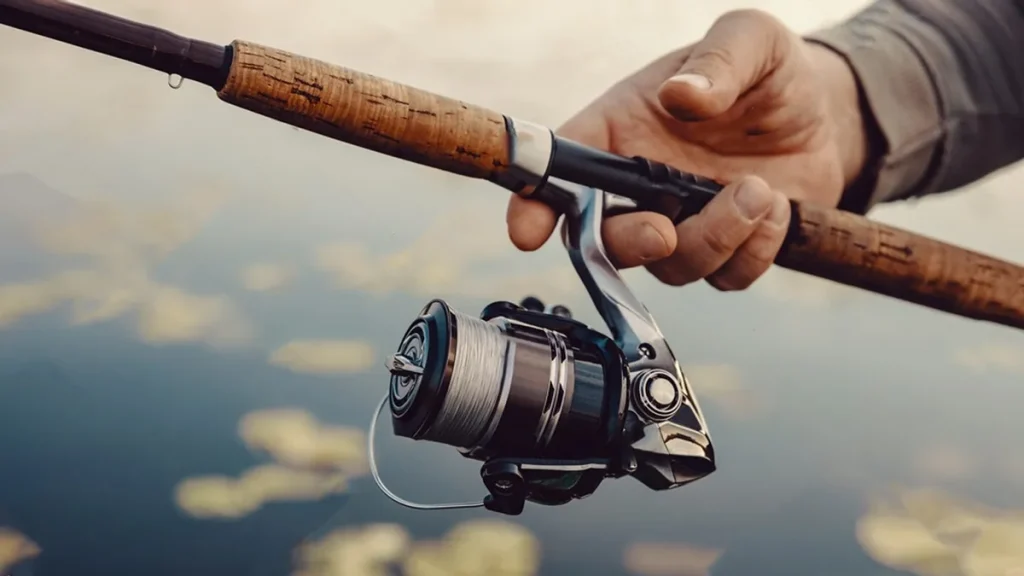
Now that we’ve covered the essentials of spinning reels, let’s explore their compatibility with braided fishing lines. Many anglers wonder if braid fishing line works well with spinning reels. The answer is a resounding yes! A braided fishing line pairs exceptionally well with spinning reels due to its unique properties.
The main benefit of using braid fishing line on a spinning reel is the line’s thin diameter and strength. This allows for longer casts and more line on the spool, which is perfect for reaching those distant fishing spots. Additionally, a braided fishing line has minimal stretch, providing excellent sensitivity. You’ll feel even the slightest nibble, allowing for quicker and more precise hook sets.
However, there are a few potential issues to be aware of. A braided fishing line can sometimes dig into itself on the spool, leading to tangles. To avoid this, make sure to spool the line tightly and evenly. Another tip is to use a monofilament backing on your spool before adding the braid. This helps prevent slippage and ensures a smooth cast every time.
By understanding these nuances, you can fully enjoy the advantages of braid fishing lines on your spinning reel, making your fishing experience more efficient and enjoyable.
Setting Up Your Spinning Reel with Braid Line Fishing Line
Now that we know braided fishing line works great with spinning reels, let’s walk through the process of setting up your gear. Properly spooling your reel ensures smooth casting and prevents issues like line twists. Here’s a step-by-step guide:
Step 1: Gather Your Gear
Before you start, make sure you have your spinning reel, braid fishing line, and a monofilament backing. Using a backing helps prevent the braid from slipping on the spool.
Step 2: Attach the Backing
Tie the monofilament backing to your spinning reel spool using an arbor knot. Spool about 10-20 yards of backing. This provides a solid base for the braid.
Step 3: Connect the Braid
Attach the braid fishing line to the backing with a double uni knot. Make sure the knots are secure to prevent slippage.
Step 4: Spool the Braid
Hold the braided fishing line tight to ensure it spools evenly. Slowly turn the reel handle, allowing the braid to fill the spool. Keep tension on the line to prevent loose wraps.
Step 5: Fill the Spool
Stop spooling when the line is about 1/8 inch from the edge of the spool. This prevents overfilling, which can cause tangles.
For braid fishing, a medium to medium-heavy spinning rod paired with a spinning reel in the 2500-4000 size range works well. This setup provides the strength and flexibility needed for various fishing conditions and species.
By following these steps and tips, you’ll have a well-prepared spinning reel setup with a braid line fishing line ready for your next fishing adventure.
Tips for Preventing Line Twist and Ensuring Smooth Casting
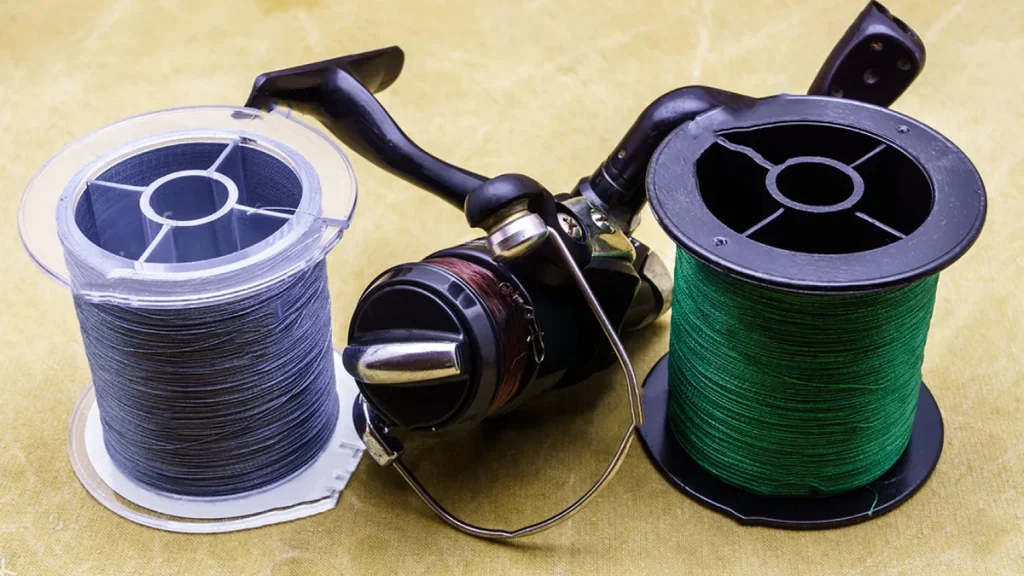
Line twist can be a real headache, especially when using a spinning reel. Here are some tips to prevent it and ensure smooth casting every time.
First, make sure to spool your braided fishing line onto the reel correctly. When spooling, maintain consistent tension on the line and ensure it lays evenly on the spool. If the braided fishing line is loose or uneven, it can lead to twists and tangles during casting.
Another key tip is to close the bail manually after each cast rather than relying on the reel’s automatic mechanism. This practice helps prevent twists from forming as the line settles onto the spool. Additionally, avoid overfilling the spool; leave about 1/8 inch of space from the rim to allow for smooth line release during casts.
Using a quality swivel can also help reduce line twists, especially when using lures that spin or twist in the water. Attach a swivel between your braided fishing line and leader to allow the lure to rotate freely without transferring twists to the line.
Lastly, practice good casting techniques. Smooth, controlled casts with gradual acceleration and deceleration help prevent line twists. Abrupt or jerky casts can cause the line to twist and tangle.
By following these tips, you’ll enjoy smoother casting and fewer tangles, making your fishing experience more enjoyable and productive.
Tips for Optimal Performance
Now that we’ve covered the basics of spinning reels, let’s look at some tips for getting the most out of your gear. Proper maintenance and handling can significantly extend the lifespan of your spinning reel and braid fishing line, ensuring they perform at their best.
First, always rinse your spinning reel with fresh water after each use, especially if you’ve been fishing in saltwater. This prevents salt and debris buildup, which can damage the internal components. Regularly lubricate the moving parts to keep everything running smoothly.
For your braid fishing line, check it frequently for signs of wear or fraying. Replace any damaged sections to prevent break-offs during crucial moments. When storing your reel, loosen the drag to avoid unnecessary tension on the internal mechanisms.
To maximize the lifespan of your fishing reel and line, store them in a cool, dry place away from direct sunlight. UV rays can weaken the line over time, making it more prone to breaking.
Common mistakes to avoid include overloading your reel with too much lines, which can lead to tangles and casting issues. Also, avoid using too heavy a line for your reel’s capacity, as this can strain the reel and affect performance.
By following these best practices, you’ll keep your spinning reel and braid fishing line in top condition, ready for your next fishing adventure.
Conclusion
In summary, pairing braided fishing lines with spinning reels can significantly enhance your fishing experience. We’ve explored the benefits of a braid fishing line, such as its superior strength, sensitivity, and casting distance. By understanding how to properly set up your spinning reel with braid, you can avoid common issues like line twist and slippage.
We provided a step-by-step guide to ensure you spool your reel correctly, from attaching a monofilament backing to filling the spool with a braided fishing line. Additionally, using a quality spinning rod and a suitable reel range can maximize your performance and enjoyment on the water.
Using a braided fishing line on a spinning reel is a game-changer for many anglers. It offers enhanced sensitivity, greater casting distances, and the strength needed to tackle various fishing scenarios. If you haven’t tried this setup yet, now is the perfect time to give it a go.
Remember, having the right gear is crucial for a successful fishing trip. For top-quality fishing lines and other essential equipment, visit our e-commerce store. Equip yourself with the best gear and get ready to experience the difference in your next fishing adventure!
